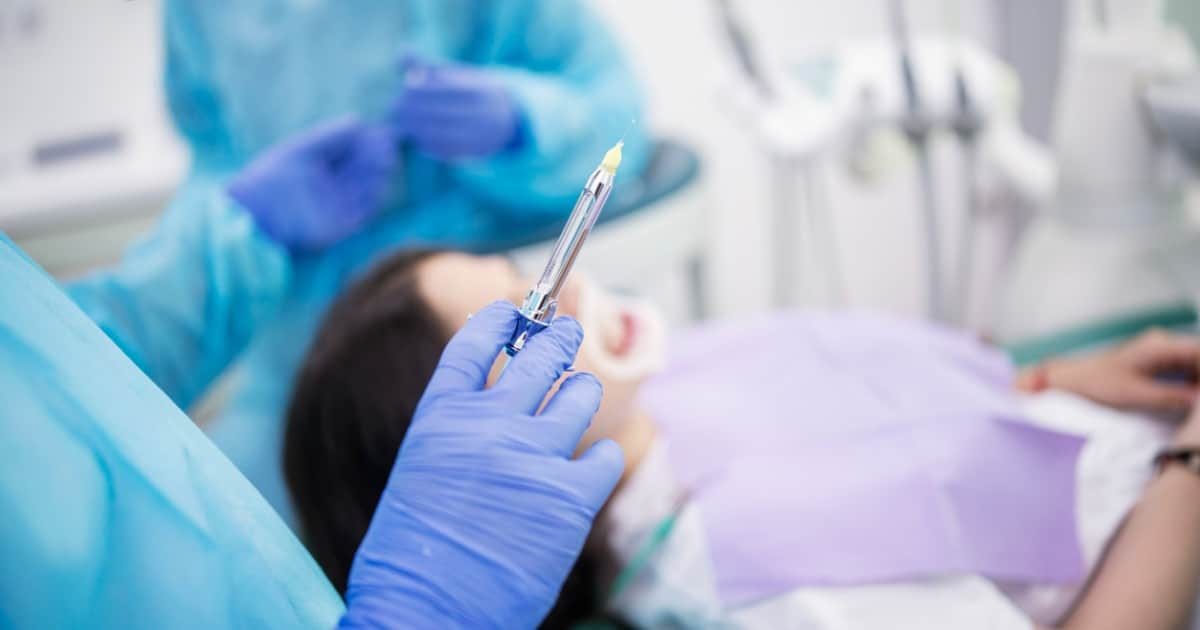Updated Sept. 1, 2022 to note the administration of nitrous oxide and oxygen by itself does not require a permit from the board.
California-licensed dentists who administer or order the administration of general anesthesia, moderate sedation or minimal sedation can now apply for new permits reflecting changes legislated by Senate Bill 501.
Although the bill was signed into law in 2018 and took effect Jan. 1 of this year, dentists could not apply for the permits until the Dental Board of California adopted final regulations implementing the changes. The Office of Administrative Law approved the regulations Aug. 16, and the dental board’s online licensing system BreEZe is now accepting applications for the new permits.
The wait has been long for dentists who were not able to apply for a new permit after their old permit expired in 2022 as well as for recent dental school graduates who were newly applying for a permit. Dentists who hold an existing permit are still able to practice under the terms of that permit until it expires, at which point they will need to apply for one of the new permits created under Senate Bill 501.
As CDA previously reported, only one permit, the oral conscious sedation for adults, remains unchanged by the new regulations.
Two permits ― conscious sedation and oral conscious sedation for minors ― will no longer be issued and instead are replaced with new permits: the moderate sedation and pediatric minimal sedation permits.
The general anesthesia permit remains in place but is now a general anesthesia/deep sedation permit with deep sedation and general anesthesia redefined by the regulations. Dentists are newly required to obtain a pediatric endorsement prior to administering or ordering general anesthesia/ deep sedation to patients under age 7 or moderate sedation to patients under age 13.
The administration of nitrous oxide and oxygen by itself does not require a permit from the board.
Outline of new permit requirements
The board’s final regulations define the permit application forms, the permit requirements and the acceptable documentation for proof of training.
The significant changes for dentists applying for the new GA/DS permit include:
- Dentists must have patients continuously monitored during dental procedure with a pulse oximeter and ventilation using precordial stethoscope and capnography.
- Additional staffing is required for patients under age 13; the operating dentist and two additional personnel must be present for the procedure. Of the three personnel, two must be certified in pediatric advanced life support (PALS).
- A pediatric endorsement is required to administer or order the administration of moderate sedation to patients under age 7. To obtain the pediatric endorsement, dentists must have (1) completed at least 20 cases of patients under age 7 at the time of license application and renewal and (2) certification in advanced cardiovascular life support and PALS. Permitholders who have insufficient cases to receive a pediatric endorsement can administer deep sedation/general anesthesia to patients under age 7 under the direct supervision of a permitholder with a pediatric endorsement to fulfill the 20-case requirement.
The significant changes for dentists applying for the new moderate sedation permit include:
- The conscious sedation permit is no longer renewable.
- Dentists must have patients continuously monitored during the dental procedure with a pulse oximeter and ventilation using two of the three following methods: precordial stethoscope, capnography or verbal communication.
- A pediatric endorsement is required to administer or order the administration of moderate sedation to patients under age 13. To obtain the pediatric endorsement, dentists must have (1) completed at least 20 cases of moderate sedation to patients under age 13 at the time of license application and renewal and (2) current certification in PALS.
- Permitholders who have insufficient cases to receive a pediatric endorsement may administer moderate sedation under the direct supervision of a permitholder with a pediatric endorsement to fulfill the 20-cases requirement. To treat patients under age 7, completion of 20 cases of patients under age 7 is required (these are not duplicative and could qualify for the 20 cases of patients under age 13).
- Additional staffing is required for patients under age 13; a dentist must have two support staff present, with one staff trained in pediatric life support to monitor the patient during the procedure and assist with interruptible short tasks such as holding an instrument.
The significant changes for dentists applying for the new pediatric minimal sedation permit include:
- The oral conscious sedation for minors permit is no longer nonrenewable. Like the OSC permit, the pediatric minimal sedation permit is only required when treating patients under age 13.
- Under this permit, a dentist is limited to administering a single drug whose primary purpose is sedative via the oral route that does not exceed the manufacturer’s maximum recommended dose, plus a mix of nitrous oxide and oxygen and adjunctive agents that are unlikely to produce a state of unintended moderate sedation. This does not restrict the administration of adjunctive medication intended to relieve pain, affect the onset or duration of the primary sedative agent or reduce the side effects of sedation.
CDA supported the board’s recommendation to define anesthesia by level of sedation and restructure the permitting system to ensure the appropriate level of expertise is always in the room. The bill was heavily negotiated with dental and physician specialties. CDA successfully pushed for amendments to streamline the new permitting structure, protect access to dental sedation and strike a balance between established practice and evidenced-based changes at all levels of sedation.
Access all the new permit requirements and applications on the dental board’s website. Also log in to your CDA account to see CDA’s resource Sedation and Anesthesia Permits for an updated table of requirements.

